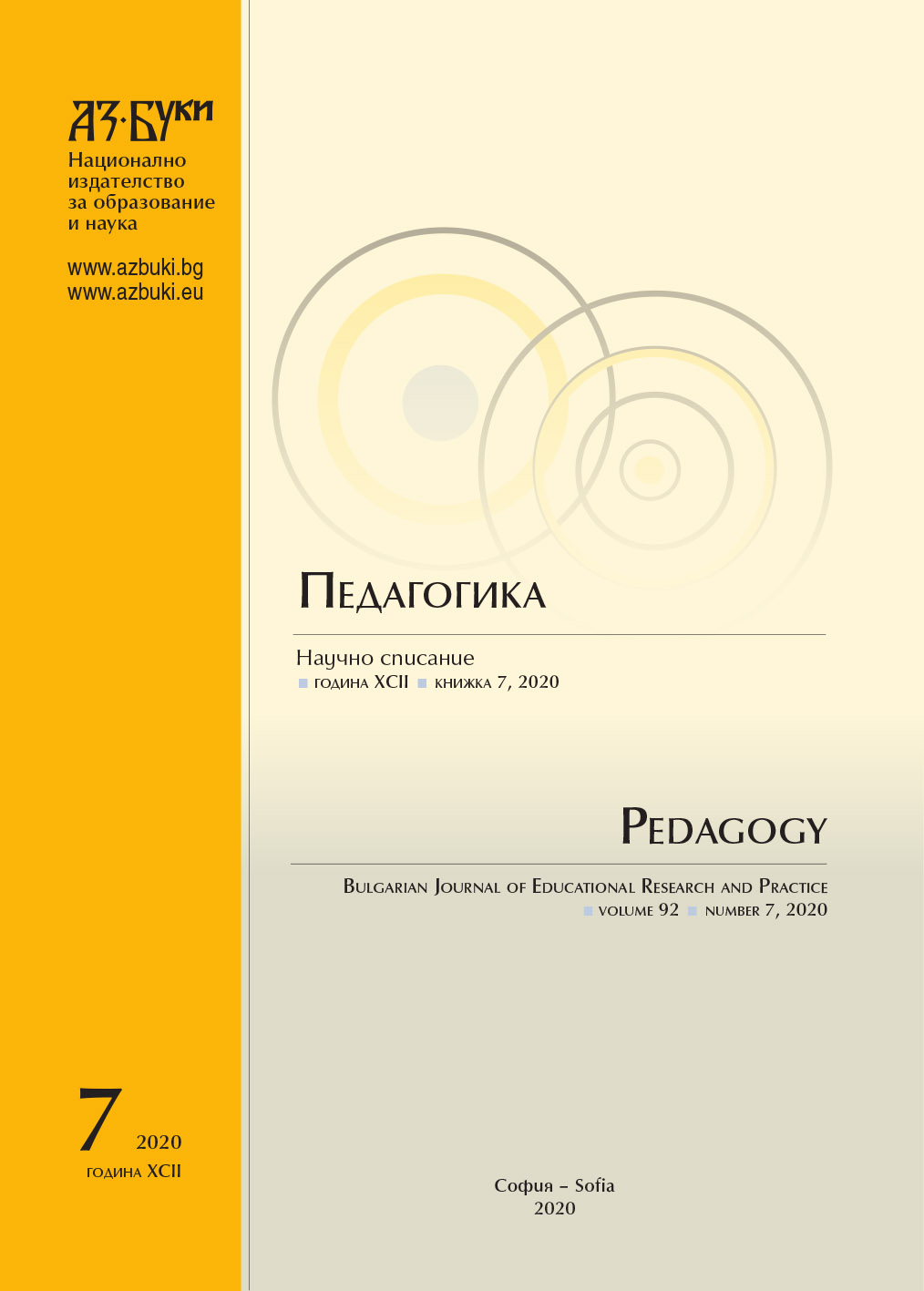Развиване на интегрирани дизайн базирани педагогически и изобразителни умения в неформална среда
Developing Integrated Design Based Pedagogical and Art Skills in an Informal Environment
Author(s): Ani Zlateva, Katya Tineva-GiurkovskaSubject(s): Social Sciences, Education, Sociology, School education, Vocational Education, Adult Education, Higher Education , State/Government and Education, Social development, Family and social welfare, Social Informatics, Social Norms / Social Control, Globalization, Inclusive Education / Inclusion
Published by: Национално издателство за образование и наука „Аз-буки“
Keywords: art education; design thinking; integrated design; informal environment
Summary/Abstract: This paper includes tracing and analysing the dynamics of integrated design based pedagogical and art skills of children placed in an informal educational environment. In the conceptual frame of the research are included theoretical and empiric pedagogical models that provoke childrens’ thinking and develop their creativity, knowledge and skills for creative experiments. Art techniques that are attractive to children are preferred (paper application, drawing with wax and water colour, tampon painting, template printing). Interactive processes are being tracked in the report, and some integrated connections with different scientific subjects – pedagogy, art, history, archaeology, semiotics, combinatorics of the shape-forming etc., are made, brought out on a theoretical and analytical level. The interdisciplinary and analytical approach when researching the processes connected with childrens’ free creative choice when communicating with historical artefacts takes an important part of the project. Children are given the opportunity to form visual culture and the capability to perceive and understand the sculptural achievements of the ancient Balkan civilizations and cultures in a fun and interactive way. In order to fulfil and scientifically develop the project we chose artefacts from the rich historical heritage of the region of Stara Zagora – collection of prehistory and early mid-centuries of the Historical museum. For children acquiring a different type of visual-plastic skills and techniques helps achieve an integrated innovative design thinking, which is very fundamental for achieving main pedagogical purposes and methods aimed entirely at the contemporary needs of the social environment. For the analysis of the received data we used standard methods for pedagogical researches which include: empirical – pedagogical experiment, praximetric – observation, analysis of childrens’ creativity, content analysis, quantity and quality analysis of the received empiric data, expert evaluation. The conclusions made could help the development of the future pedagogical practice in a museum environment not only in the fine arts educational area but also in all educational fields.
Journal: Педагогика
- Issue Year: 92/2020
- Issue No: 7
- Page Range: 994-1008
- Page Count: 14
- Language: Bulgarian
- Content File-PDF

